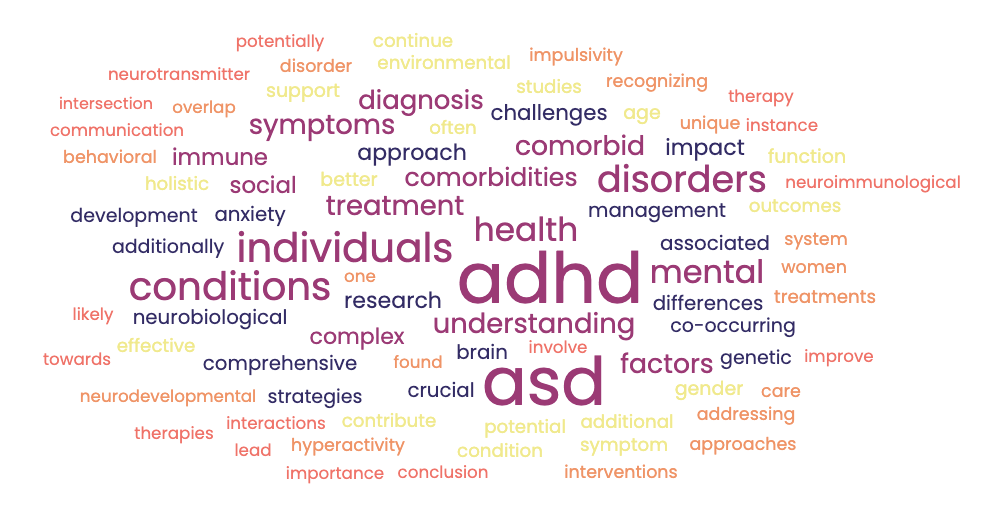In parts 1 and 2 of this blog series, we explored what feelings really are and the negative consequences of suppressing feelings. We also discussed some techniques to get in touch with and identify long suppressed feelings. In this blog, we will discuss how to express feelings and effectively and respectfully communicate them to others.
Feelings can be likened to charges of energy that need some sort of release from the body. Physical and psychological wellbeing is improved if you are willing to acknowledge and express your feelings relatively close to the time they occur. Release of feelings can come from talking to someone, writing your feelings out, or physically discharging your feelings
Talking with a supportive and trusted friend, partner or counselor is one of the best ways to express your feelings. It is important that you feel safe enough to let your feelings out rather than just talk about them. Expressing your feelings through talking works best when the person you are sharing with merely listens rather than jumping in with advice, opinions, or suggestions.
Another way to express emotions is through writing them down. It is sometimes helpful to keep a feelings journal where you can enter your strong feelings. Tracking your strong feelings over time can be helpful in identifying patterns or themes in your life. Whether you choose to save what you’ve written or not, writing feelings down can serve as an effective outlet of expression.
Often people report greater difficulty expressing perceived negative emotions such as sadness and anger. When working with these emotions it is helpful to consider some specific techniques designed to assist with discharging these emotions.
Sadness
People often report that they feel like they are on the verge of tears or have a lump in their throat but are unable to cry. Crying can be a very cathartic release of grief and sadness that helps people stabilize following a loss or disappointment. If you are having trouble letting out sadness, consider listening to evocative music that has personal significance to you. Watching an emotional movie or reading poetry and literature can bring unexpressed sadness to the surface.
Anger
Often people chronically suppress anger because of fear of hurting others. As discussed in my previous blog, this can lead to psychological and physical illnesses. At times it can be helpful to engage in physical motions associated with aggression in order to bring anger to the surface. Examples of this include hitting a pillow, hitting a punching bag, throwing eggs against a wall or into a bathtub, yelling into a pillow, hitting a tennis racket against the bed or working out vigorously. A word of caution here though, these techniques are to be used sparingly and only when you are having a difficult time bringing anger to the surface. Evidence suggests that ventilating anger too frequently can lead to increased feelings of anger.
Communicating Your Feelings
In the section above we were focused on expressing or discharging feelings. Now we turn towards communicating our feelings toward specific people, i.e. letting them know that your feelings are related to something they said or did. Communicating long-held feelings to the person you have them about can be the final step towards being able to release the feelings and move on. There are some important things to consider when communicating your feelings. First, you need to make sure that the person you are going to disclose your feelings to is willing to listen. If your feelings are miscounted or you leave the conversation feeling misunderstood, your sadness, fear or anger toward the person may increase. It is important that you clearly ask for the person to set aside some time to listen to you. You also need to be prepared to ask for the person to wait until you are finished if they interrupt you.
You should avoid blaming or belittling the person. People are much more likely to listen if they are talked to in a respectful and non-blaming way. Using first person statements helps the listener to remain non defensive. By taking responsibility for your feelings, you avoid such statements as, “You made me so mad when you didn’t pick up the phone.” A better way to express this is, “I feel angry when you don’t answer my phone calls.”
A second rule of thumb is to remain focused on the person’s behavior rather than making a personal attack. It is important that you take the time prior to the discussion to clearly identify what the other person said or did that angered or frightened you. By focusing on specific behaviors, there is hope that something can change to remedy the conflict.
The third rule of thumb is to avoid judgments. If you begin judging others, there is less likelihood that they will be willing to hear you out and negative feelings and interactions are likely to continue or even escalate.
By implementing the above strategies for expressing and communicating your feelings, you are cultivating a value of respecting yourself and those with whom you are in a relationship with.








